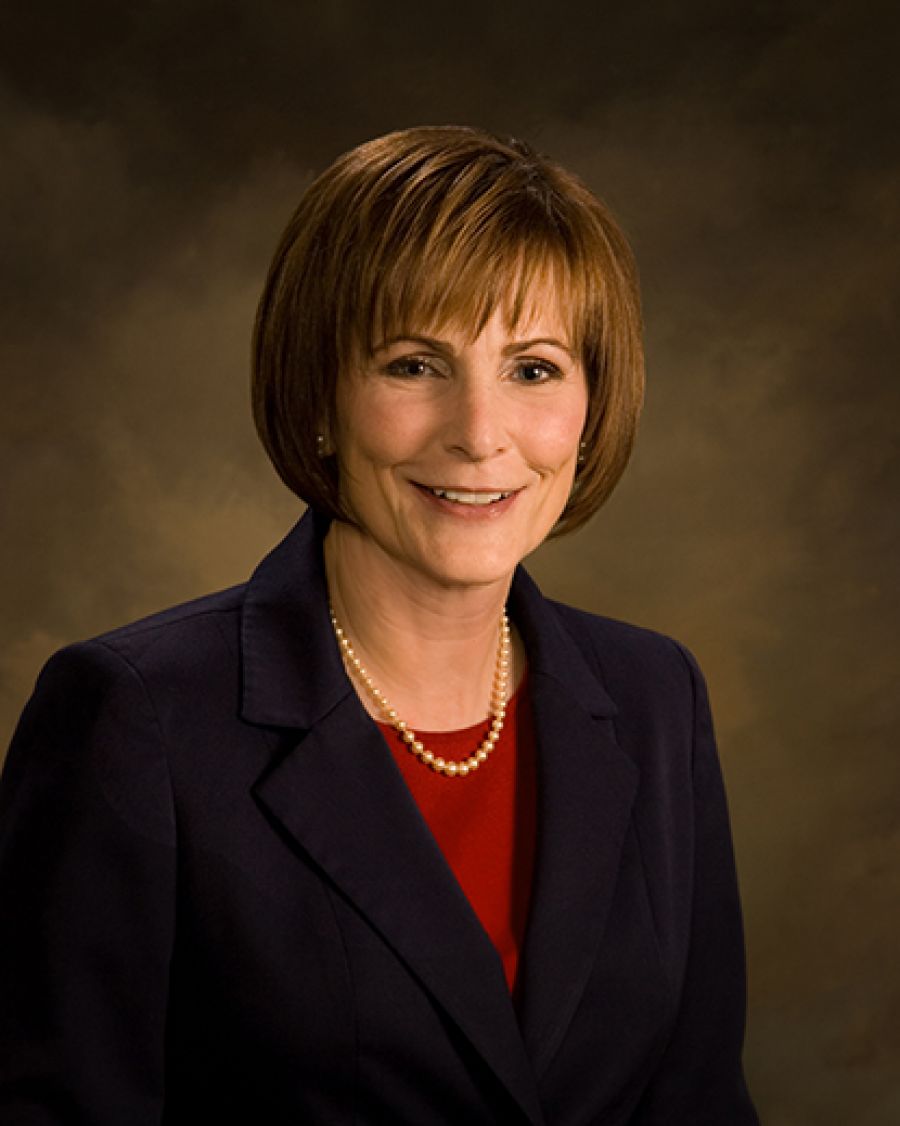


For many of us, some of our most enriching relationships were made in college. The diversity of thought represented by fellow students, faculty and staff expanded our views beyond those of our immediate family and social circle. This diversity continues to enhance the higher education experience and particularly the community college experience. Community colleges feature diversity such as generational differences, ethnic backgrounds, veterans status, religious affiliations, family composition, work experience and more.
Today, the millennial generation at 75 million, makes up nearly a quarter of the U.S. population and is the largest generation group in America having surpassed the baby boom generation in size. A January 2018 report from the Brookings Institute defines the millennial generation as being between the ages of 20 and 37. According to the American Association of Community Colleges the average age of community college students is 28 which means that millennials also represent a significant percentage of the student body in college’s today.
The Brookings report also notes that the millennial generation is the “most diverse adult generation in American history” at 44% minority. The report further states that millennials "will pave the way for the generations behind them as workers, consumers, and leaders in business and government in their acceptance by and participation in tomorrow’s more racially diverse America” and serve as a “demographic bridge.”
A Forbes article in November 2017 outlines three industries where millennials are pushing diversity – healthcare and medicine, technology, and higher education. And, organizations within these industries are responding with the creation of Chief Diversity Officer positions and other initiatives to change workplace culture.
The Waubonsee district covers an area that includes rural communities with populations of a few thousand people, suburban communities that average around 25,000 residents, and the city of Aurora, the second largest city in Illinois with more than 200,000 people. Similar to what is being seen in the millennial generation, more than 40% of Waubonsee’s district is Hispanic or Latino, Black or African American, Asian or other minority.
Waubonsee’s student body reflects these national and district trends. Last year, more than 14,000 students enrolled in credit classes and more than 13,000 students enrolled in noncredit classes at Waubonsee. Our student body spans several generations with the average age of our credit students being 24 years old (millennial generation) and the average of our noncredit students being 44 years old (Generation X). In 2017, Rose Whiteside graduated from Waubonsee at 73 and in 2015 80-year-old Loretta Parker received a standing ovation upon receiving her second Waubonsee degree. Like our district, more than 40% of our students are Hispanic or Latino, Black or African American, Asian, or other minority.
Student organizations such as Latinos Unidos, the Muslim Student Organization, the Black Student Alliance, the InterVarsity Christian Fellowship, the Deaf Club, the World Languages Club, and others are key elements of Waubonsee’s effort to serve all of our students and community. Membership in these organizations is open to all students. The clubs are student-led giving students the opportunity to be active participants in strengthening the college through diversity.
Earlier this year, students, faculty and staff created a welcome video to demonstrate Waubonsee’s commitment to valuing diversity and creating a welcoming space for all. The video features a “Welcome to Waubonsee” message in a variety of languages spoken by the students, faculty and staff of Waubonsee.
We are proud of our diverse learning community at Waubonsee. The viewpoints and perspectives of each member of the Waubonsee Community College family enriches us all.
Christine J. Sobek, Ed.D.
President, Waubonsee Community College

